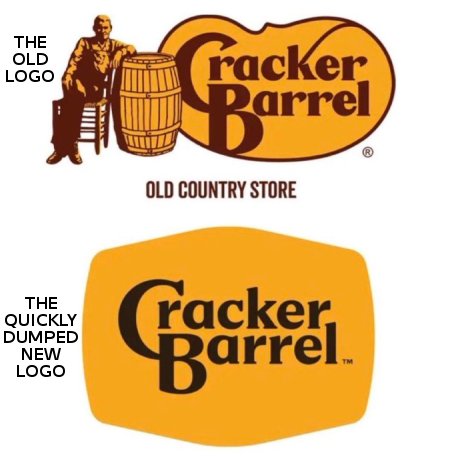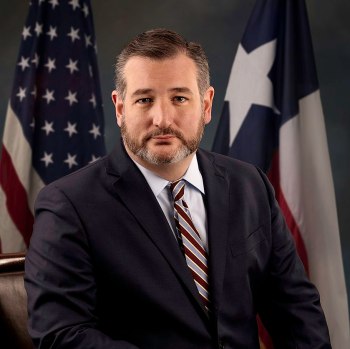The Cracker Barrel kerfuffle proves the now powerful reach of the alternative/conservative press

While much of the entire “controversy” over the decision by Cracker Barrel to change and then restore its old logo seemed to me to be a tempest in a teapot, the fact that the firestorm itself quickly forced Cracker Barrel to back down tells us something far more important: The alternative press (mostly conservative) is no longer confined to the fringes of culture, but now has real reach throughout society.
This cultural change can’t be underlined enough. For most of my long life, conservative news and cultural outlets had little impact on the general culture. They would make their points, often cogently and based on facts, and find themselves generally ignored. Only a decade ago, when conservatives complained about the leftward drift by major corporations or universities into racial quotas, bigotry, blacklists, censorship, and totalitarian Marxism, few noticed and more significantly, the companies or universities shrugged off the criticisms nonchalantly, as if the complaints were nothing more than a tiny gnat flying about in the air.
I speak from experience, because a decade ago I was posting regularly about this drift in both universities and corporations, was getting my posts picked up by many conservative news aggregates, and yet those posts had no impact at all. Nothing changed. If anything, the corporations and universities cited actually accelerated their racial quotas and their emphasis on bigotry, blacklists, censorship, and totalitarian Marxism.
No more. In the past four years the general culture and how it gets its information has fundamentally changed. That culture now listens to the right, and the result is fast and immediate change.
The Cracker Barrel kerfuffle proves this. Cracker Barrel proudly announced its logo change on August 19, 2025. In less than 24 hours numerous conservatives across the entire internet were lambasting the company about it, accusing the company of abandoning its past and going woke. This comment was quite typical:
» Read more



